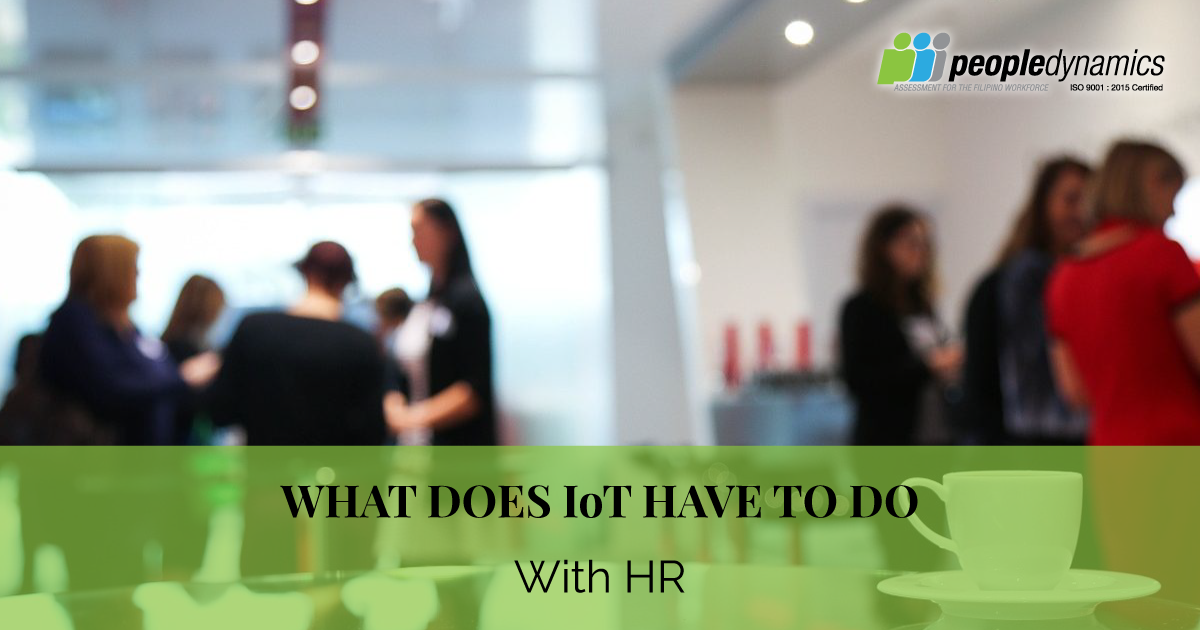The Internet of Things or IoT includes the broad concept of using sensors and data to connect the Internet to the real world. While its applications are numerous, ranging from smart cities to security, IoT is increasingly considered for its potential HR applications.
Why? Data collection is integral to both IoT and HR. Internet of Things enables HR to collect data on behavior and performance and to use that information to run analytics, to enhance training, and to enhance performance monitoring.
While IoT is still in its infancy, it already offers numerous applications for HR and the possibilities will continue to grow.
Environment and Comfort
The Internet of Things enables a massive number of sensors and data collection relating to the environment. For example, smart sensors detect when people are in the room and how many and can adjust lights, fans, and thermostats to ensure the comfort of individuals in a room.
Motion and proximity sensors can also detect when desks, offices, and meeting rooms are occupied, updating their status in an app or other online tool. This allows individuals to more quickly and more easily see when resources are free.
Finally, in open-office and flex-work situations, teams can use tracking devices and sensors to easily see where their teammates are so they can more easily decide where to work for the day.
Measuring Stress and Performance
Tracking data from work on computers, voice sensors capable of detecting mood and stress levels, and performance tracking can help HR and individuals with their performance. For example, tracking different aspects of tasks and breaking them down by skills required will show HR and employees what they do and do not excel at. This data can be used in personal development, skills training, promotion, and performance management.
This same data, which is mostly collected through computers and work tools, can also help you identify when different people are most focused or engaged. This, in turn, allows you to schedule priority tasks and meetings or training sessions when people tend to be most focused and to adjust work periods to increase attention.
Automation and People Analytics
People analytics is a huge part of what HR does and IoT makes that process simpler and faster. IoT pulls data from every collection point you have so that you can automate data monitoring and analytics at a team and individual level. Here, performance data can be reviewed at a team level to show actual performance, without identifying individuals. On an individual level, HR can review where individuals excel in performance to better offer development and to plan changes in roles or promotions.
Much More
IoT encompasses a relatively new technology that isn’t often used by HR. Still, the possibilities are there and are growing. As smart devices and sensors become more commonplace and accepted, employers are more likely to further integrate them into offices. However, the challenge exists to do so while respecting individual privacy and autonomy.
The Internet of Things has the potential to improve performance management, personal development, environmental control, task allotment, and team management. It can also improve security, on and offline. However, the technology is still maturing and any HR team working to integrate it will be faced with numerous challenges along the way.




